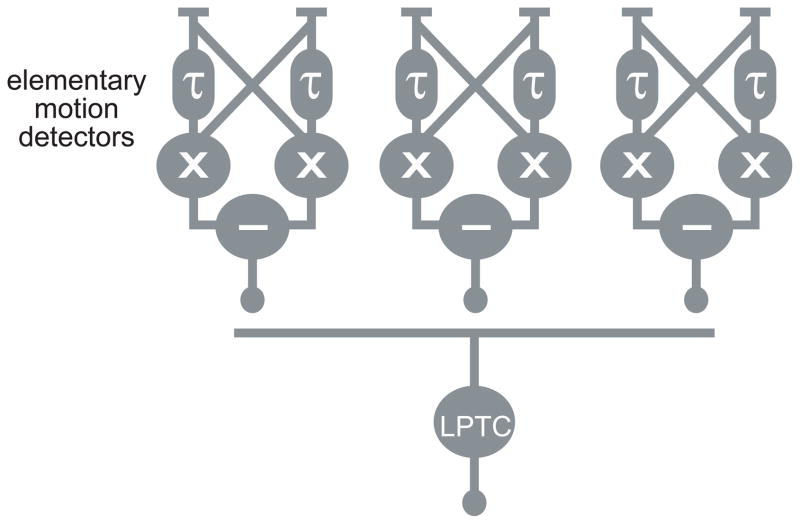Figure 2. Organization of the wide-field visual motion processing system in Drosophila.
The optic lobe is thought to contain an array of elementary motion detectors, each of which receives input from two adjacent photoreceptor sites. In algorithmic terms, each elementary motion detector consists of two arms, each of which low-pass filters the luminance at one site, and then multiplies it by the unfiltered luminance at the adjacent site (schematized by τ and ×). The output of the detector is the difference between the two arms, which will be sensitive to the direction of motion. The cellular components of the elementary motion detectors have not yet been identified. Individual lobula plate tangential cells (LPTCs) are thought to integrate excitatory input from an array of elementary motion detectors which have the same preferred direction, and which are arranged along one axis of the retina (horizontal or vertical). This creates selectivity for horizontal or vertical global translational motion. Interconnections among LPTCs broaden their receptive fields, and also confer selectivity for rotational motion. Such wide-field motion patterns tend to arise in the context of self-movement, rather than the movement of an object in the environment. See [48] for a comprehensive review. Note that this wide-field motion processing system is distinct from the small motion detection system reviewed elsewhere in this issue [70].

